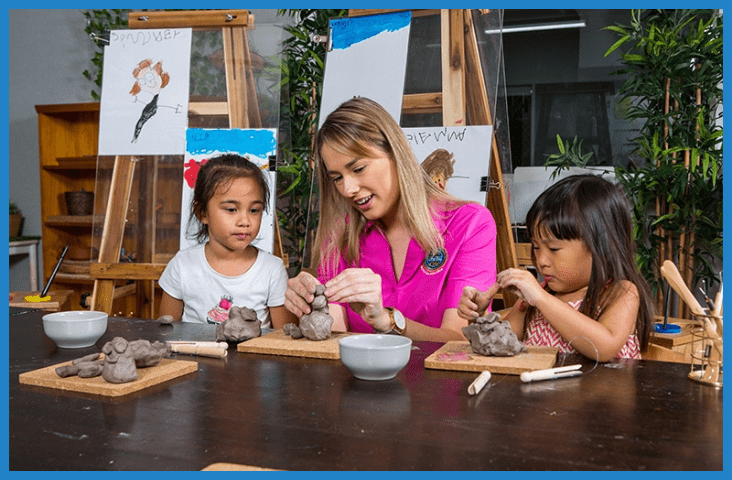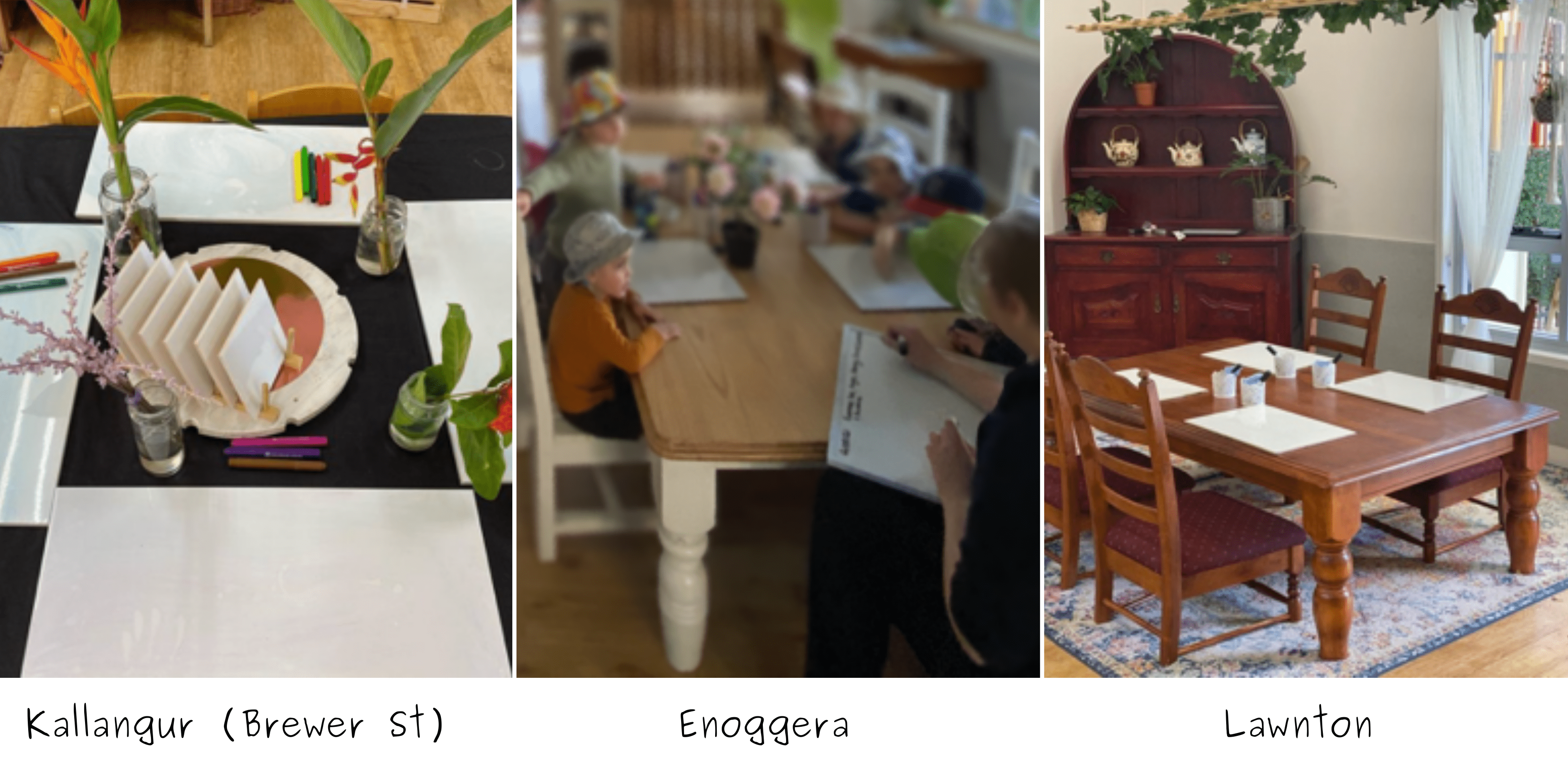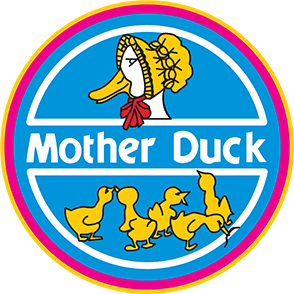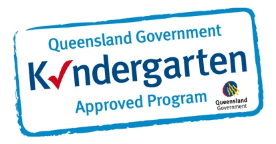
Sustainability, collaboration and resilience: The why behind reducing ‘make and take’
The early childhood profession was introduced to the sector’s first National Quality Framework (NQF) in 2012. This framework offers guidance for working with children in early childhood centres, out-of-school hours care, and family daycare. Within the NQF sits the Early Years Learning Framework, which sets out five outcomes for children birth to school age. Today I will focus on how we, at Mother Duck, work with Outcome 2: Children are connected with and contribute to their world.
The Early Years Learning Framework explains Outcome 2 as:
- Children develop a sense of belonging to groups and communities and an understanding of the reciprocal rights and responsibilities necessary for active community participation
- Children respond to diversity with respect
- Children become aware of fairness
- Children become socially responsible and show respect for the environment (EYLF, 2012, p.26)
When educators create environments in which children experience mutually enjoyable, caring, and respectful relationships with people and the environment, children respond accordingly (p.25)
What does Mother Duck do differently?
At Mother Duck, we always try to respond to the EYLF learning outcomes for children with a sense of purpose and intention that helps us go above and beyond regulatory requirements in terms of what children, educators, and families might gain from the teaching and learning experiences offered.
We are very aware that our world is changing rapidly and that we are facing some big challenges as a society, especially how we care for ourselves, how we care for each other, and how we care for our planet. At Mother Duck our question has been: How do we support children to develop the skills and understanding in order to make a positive and active contribution to our centre community and beyond?
In terms of the everyday experiences we offer children, we have focused on three challenges emerging from our overarching approach to social responsibility – sustainability, collaboration, and resilience – and we use these to guide our work with and alongside children and each other.
With these three challenges, you will see that we have begun a change to our practices, and for children and families this means that much fewer ‘arts and crafts’ things are coming home. Here are some of our changes:
Our approach to drawing – mark making
Learning to make purposeful marks on a surface is something that most children enjoy as part of their everyday play. We want to work with this enthusiasm to try to support a range of other skills alongside, and as well as, learning to draw and write.
You will see at your Mother Duck centre that we have introduced practicing to make marks on different sized ceramic tiles, using textas/markers and microfiber cloths in place of paper and pencils in order to be more sustainable.
Our youngest children are learning to sit alongside another child and share a space, they are learning to take turns using the cloth to wipe away their marks and they are beginning to talk about what they are trying to draw, as they build resilience in mastering these skills.
Our older children are often working on drawing with other children on the one tile, practicing the lines and shapes they need in order to move to a more permanent piece of work or helping another child with how to draw particular objects as they develop an understanding of collaboration.

Our approach to collage – transient art
While we know that young children love to make ‘stuff’, you may have noticed that we no longer use collage trolleys filled with items bought from early childhood catalogues, along with glue, sticky tape, staplers, and scissors.
We have changed the resources children are using to make pictures, portraits, and objects by introducing reusable/recycled items that can be used in many different ways and can be used many, many times on surfaces such as mirrors, boards, or inside old picture frames. This teaches children about maths, design, patterning, and sequencing while also learning about recycling and sustainability.
These experiences are offered to children with the intention of learning to share the resources and materials, and to begin to develop the skills and language they need to negotiate, share, cooperate, request, and be fair, as they learn about collaboration with their peers.
We also expect the children to pack away and reset their space for the next child who might wish to work at the table. This means that they learn to sort, match, classify, organise and categorise as they replace the materials back in their baskets or containers, as well as developing an understanding that this work is transient or non-permanent rather than something to take home, thus building the skills needed for resilience.

With a strong focus on sustainability, all of our Mother Duck centres removed playdough as a material some years ago, as we felt that children playing with a food product (flour & salt) was not good for the environment and sent mixed messages to children. We were also very aware that many families and community members struggle to find enough food for meals and therefore felt it was disrespectful to offer food products for play.
We chose clay as our primary resource for building the physical skills of kneading, banging, rolling, squishing as well as the social skills of learning to share the clay space and share/distribute the use of the clay itself, all important steps to learning to collaborate with others and build a language ‘bank’ of cooperation words.
As the children get older and more skilled at working with clay, they will begin to make things for their play environment such as bowls for the home play space or containers for pencils and markers. However, mostly the children are expected to return the clay to the container or bucket it lives in, ready for the next time they wish to play with it, which builds an understanding of recycling a resource rather than something they can take away with them – building resilience and the spirit of sharing.

Many families would have an expectation of seeing children’s work up on the walls for display, as evidence of what the children have been doing at the centre. You would have noticed at Mother Duck centres we have significantly reduced the displays of children’s products, as we develop more authentic ways of sharing teaching and learning. This is something we are working hard on at the moment.
Through our weekly studio meetings, all educators have an opportunity to discuss how our image of child is being upheld each and every day, and the ways in which the competent and capable child is made visible in our studios. This is a collaborative effort between educators and eventually, we also want to include children in making decisions about what is on our walls about our teaching and learning experiences.
Because we are being more sustainable in our work with and alongside children, we are not mass-producing products to display. Rather you will see carefully considered artefacts and photos that tell of the significant work that we are doing with your child, and how it connects with our work on both child development and understanding social responsibility.
We are also supporting children in understanding that we value their thinking, ideas, and efforts and that when something is displayed or made public, it is done so because of its important connection to their learning. You will sometimes see children’s work displayed exactly where it was undertaken, or through a photo. We strongly believe that children have learned that not everything goes up in the wall, and in fact, the children no longer request this to happen – but do ask for their work to be left until the end of the day so they can explain it to their families.

The children at Mother Duck still do drawings and paintings using traditional materials, they also build box constructions using tape and glue and paints, they weave, sew and knit, they cook, and they record their planning for play. We often use these artefacts to support the children’s further thinking – for improvement, new ideas, new ways of working, and possibilities for collaborating with others. We also use children’s work to enhance our thinking, our way of working with each other and the children, and to understand more carefully what the children are communicating through their work, and how they are making connections to the world around them.






